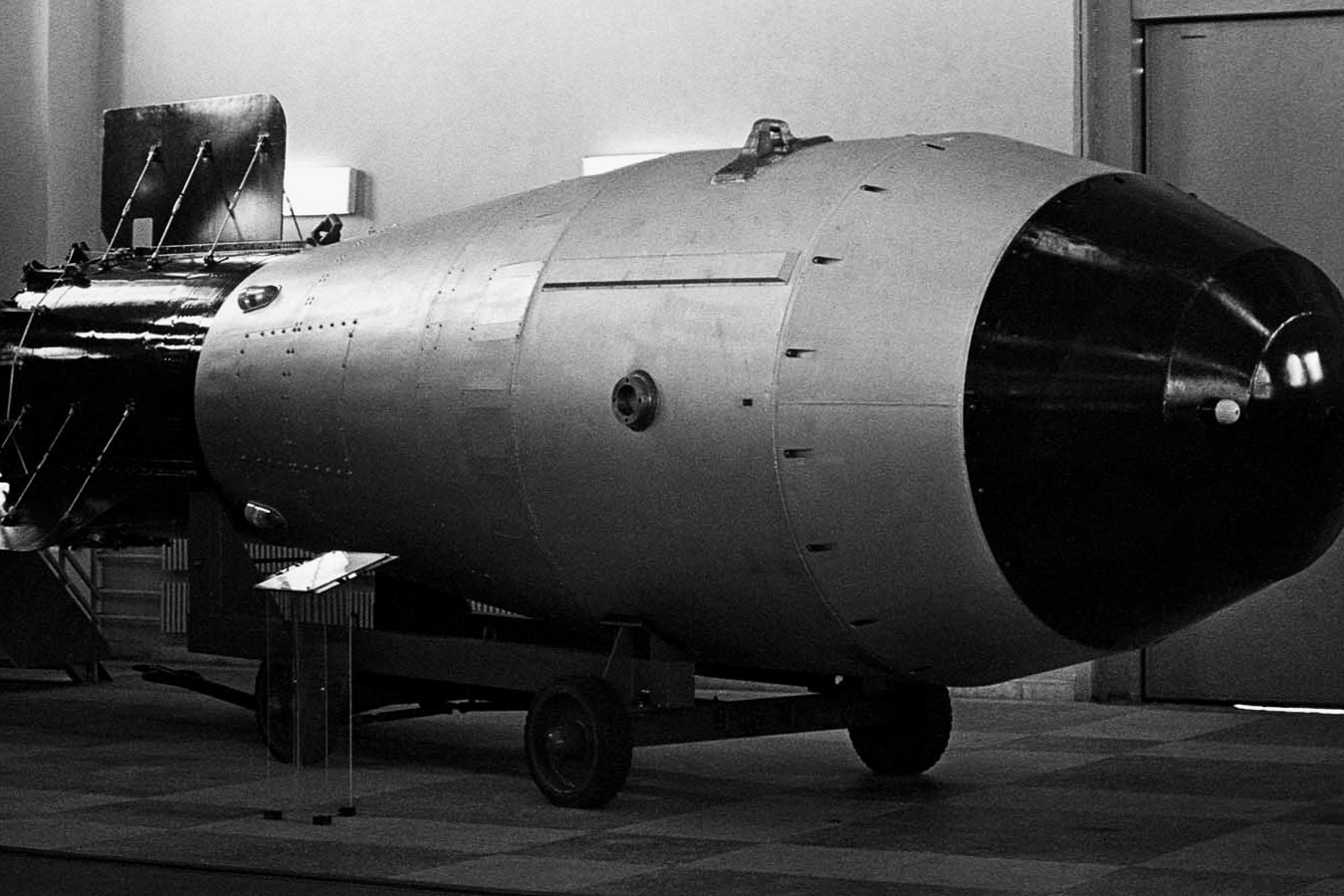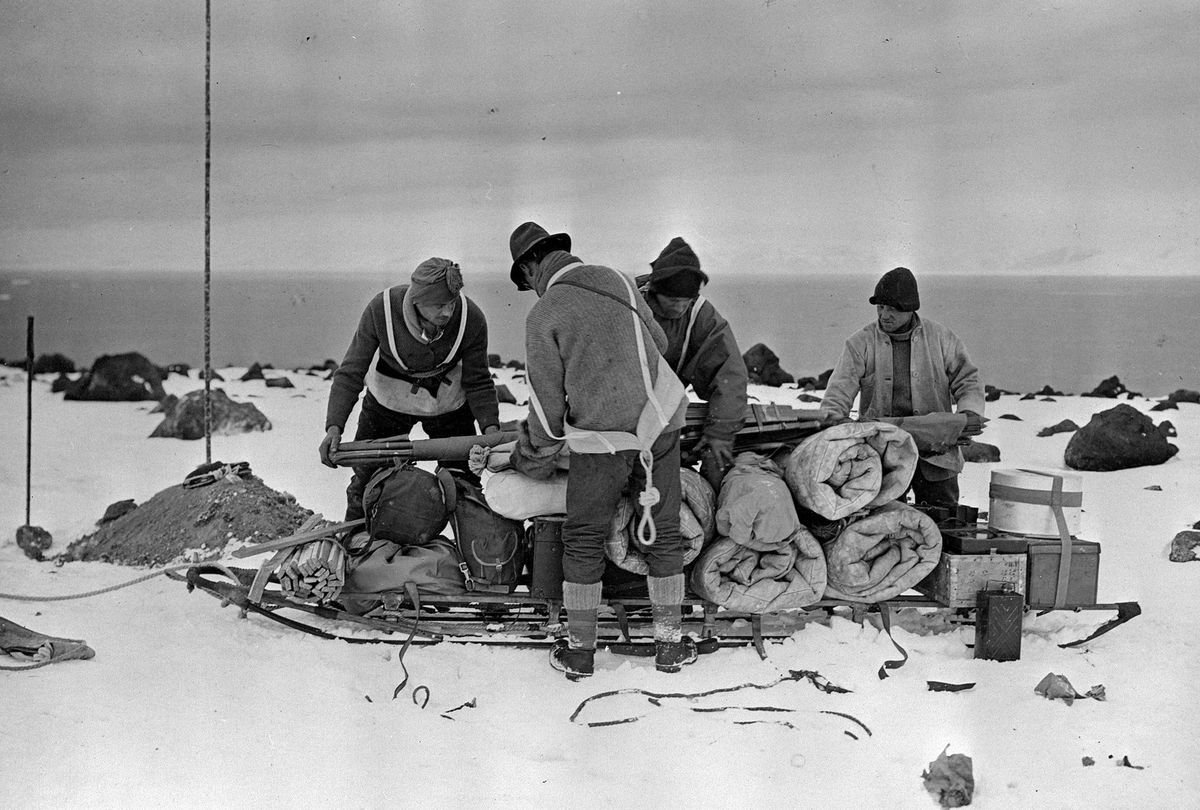
What was the Tsar Bomba? The Tsar Bomba was the largest nuclear bomb ever detonated. Developed by the Soviet Union during the Cold War, it was tested on October 30, 1961. This colossal weapon had a yield of 50 megatons, making it over 3,000 times more powerful than the bomb dropped on Hiroshima. The explosion created a mushroom cloud that reached 40 miles high and could be seen from 620 miles away. Shockwaves from the blast circled the globe three times. Despite its terrifying power, the Tsar Bomba was never intended for actual combat but served as a demonstration of Soviet might.
Key Takeaways:
- The Tsar Bomba, also known as the "King of Bombs," was the most powerful nuclear weapon ever detonated, showcasing the immense destructive potential of human technology during the Cold War.
- The bomb's detonation had far-reaching impacts, from its environmental and human effects to its political and historical significance, leaving a lasting mark on the planet and influencing global discussions about nuclear weapons.
The Tsar Bomba: An Overview
The Tsar Bomba, also known as the "King of Bombs," is the most powerful nuclear weapon ever detonated. Developed by the Soviet Union during the Cold War, it remains a symbol of nuclear might and a stark reminder of the destructive potential of human technology.
- The Tsar Bomba was detonated on October 30, 1961.
- It was tested over Novaya Zemlya, an archipelago in the Arctic Ocean.
- The bomb was dropped from a specially modified Tu-95V bomber.
- It had a yield of 50 megatons of TNT, making it the most powerful nuclear weapon ever tested.
- The bomb was originally designed to have a yield of 100 megatons, but it was scaled down to reduce radioactive fallout.
Design and Development
The creation of the Tsar Bomba involved some of the brightest minds in Soviet science. Its design and development were shrouded in secrecy, reflecting the intense competition of the Cold War era.
- The bomb was designed by a team of Soviet physicists led by Andrei Sakharov.
- It was part of the Soviet Union's efforts to demonstrate its nuclear capabilities to the world.
- The bomb's design included a three-stage hydrogen bomb configuration.
- It was 8 meters long and had a diameter of 2.1 meters.
- The bomb weighed approximately 27 metric tons.
The Detonation and Its Effects
The detonation of the Tsar Bomba was a carefully planned operation. The effects of the explosion were felt far and wide, showcasing the bomb's immense power.
- The bomb was dropped from an altitude of 10,500 meters.
- It detonated at an altitude of 4,000 meters above the ground.
- The explosion created a fireball that was 8 kilometers in diameter.
- The mushroom cloud reached a height of 64 kilometers.
- The shockwave from the explosion circled the Earth three times.
Environmental and Human Impact
The Tsar Bomba's detonation had significant environmental and human impacts. The sheer scale of the explosion left a lasting mark on the planet.
- The explosion destroyed everything within a 35-kilometer radius.
- Windows were shattered up to 900 kilometers away from the blast site.
- The heat from the explosion could cause third-degree burns up to 100 kilometers away.
- The bomb's detonation released 1.4% of the energy output of the Sun.
- Despite its power, the bomb's design minimized radioactive fallout.
Political and Historical Significance
The Tsar Bomba was more than just a weapon; it was a political statement. Its detonation had far-reaching implications for international relations and the course of the Cold War.
- The bomb was a direct response to the United States' nuclear tests.
- It was intended to demonstrate the Soviet Union's technological prowess.
- The detonation was witnessed by a select group of Soviet officials and scientists.
- The test was condemned by many countries around the world.
- The bomb's development and testing were kept secret until after the detonation.
Legacy and Lessons
The legacy of the Tsar Bomba continues to influence discussions about nuclear weapons and their role in global security. Its lessons remain relevant in today's world.
- The Tsar Bomba remains the most powerful nuclear weapon ever detonated.
- It highlighted the destructive potential of nuclear weapons.
- The bomb's development led to increased efforts for nuclear disarmament.
- Andrei Sakharov, one of the bomb's designers, later became a prominent advocate for nuclear disarmament.
- The Tsar Bomba's detonation is still studied by scientists and historians.
Interesting Tidbits
Beyond its technical specifications and historical significance, the Tsar Bomba has some fascinating and lesser-known aspects that add to its mystique.
- The bomb was nicknamed "Big Ivan" by its creators.
- The Tu-95V bomber that dropped the bomb had to be specially modified to carry its massive weight.
- The crew of the bomber had a 50% chance of survival due to the bomb's immense power.
- The bomb's detonation was visible from 1,000 kilometers away.
- The Tsar Bomba's test site remains a restricted area to this day.
The Legacy of Tsar Bomba
Tsar Bomba remains the most powerful nuclear weapon ever detonated. Its explosion on October 30, 1961, over Novaya Zemlya, Russia, had a yield of 50 megatons, making it 3,800 times more powerful than the bomb dropped on Hiroshima. The shockwave circled the globe three times, and the mushroom cloud reached 40 miles high. Despite its destructive power, Tsar Bomba was a demonstration of Soviet might during the Cold War rather than a weapon intended for actual use. Its legacy serves as a stark reminder of the potential devastation of nuclear weapons. Understanding these facts helps us appreciate the importance of nuclear disarmament and the need for global peace. Tsar Bomba's story is a powerful chapter in the history of human conflict and technological advancement, highlighting the thin line between scientific progress and its potential for destruction.
Frequently Asked Questions
Was this page helpful?
Our commitment to delivering trustworthy and engaging content is at the heart of what we do. Each fact on our site is contributed by real users like you, bringing a wealth of diverse insights and information. To ensure the highest standards of accuracy and reliability, our dedicated editors meticulously review each submission. This process guarantees that the facts we share are not only fascinating but also credible. Trust in our commitment to quality and authenticity as you explore and learn with us.


